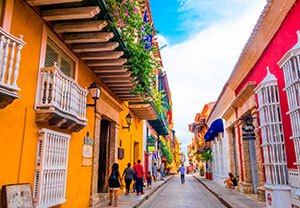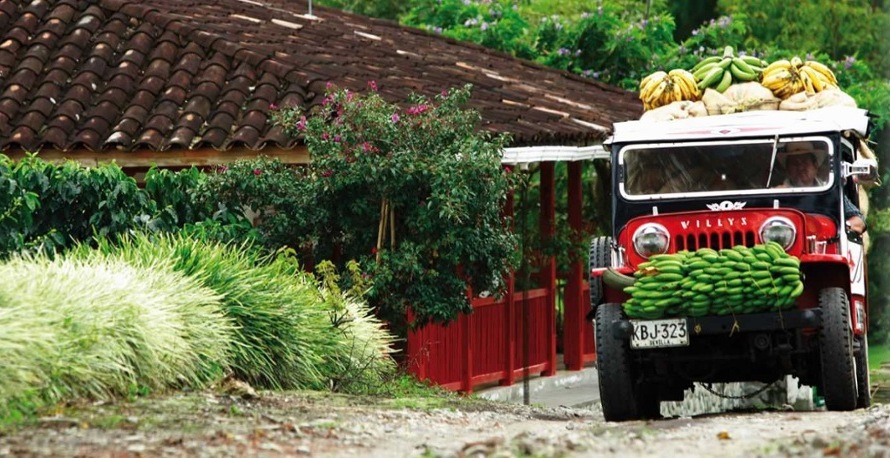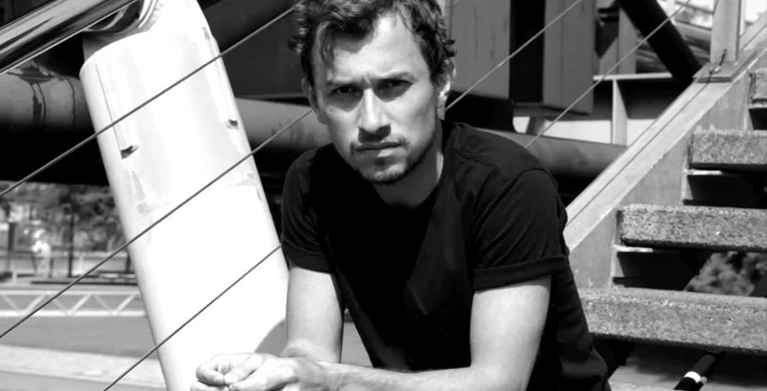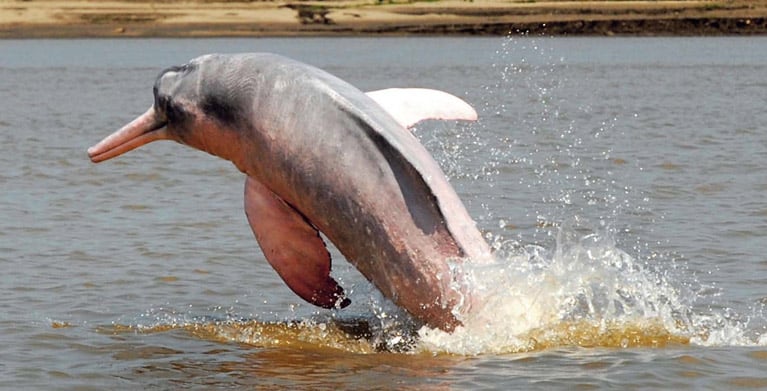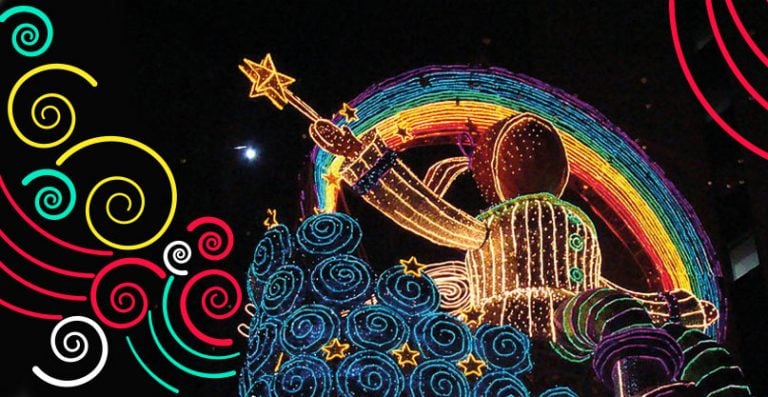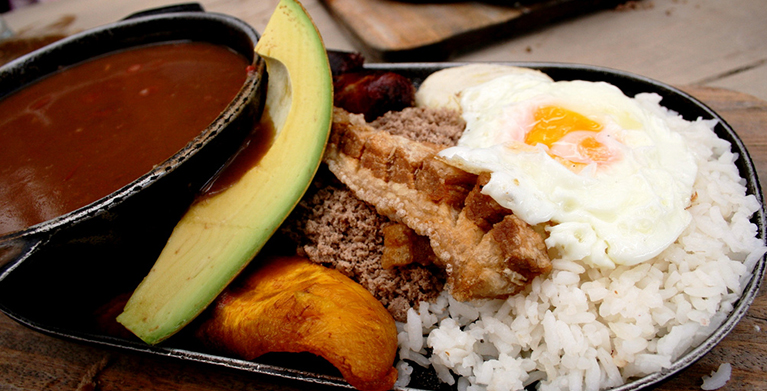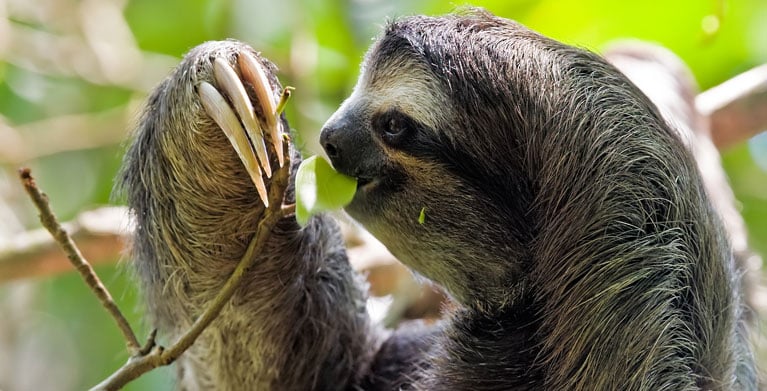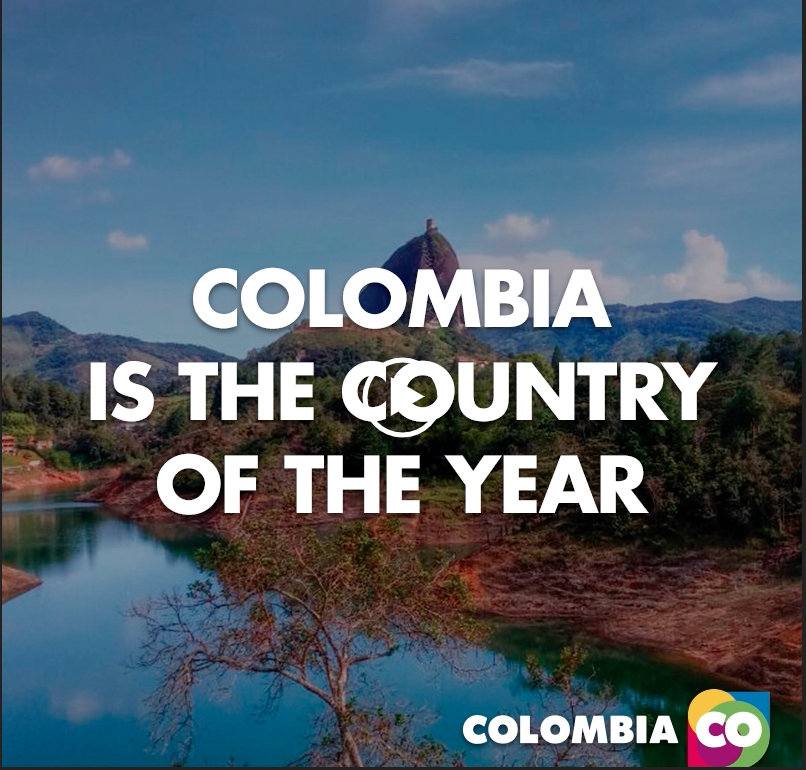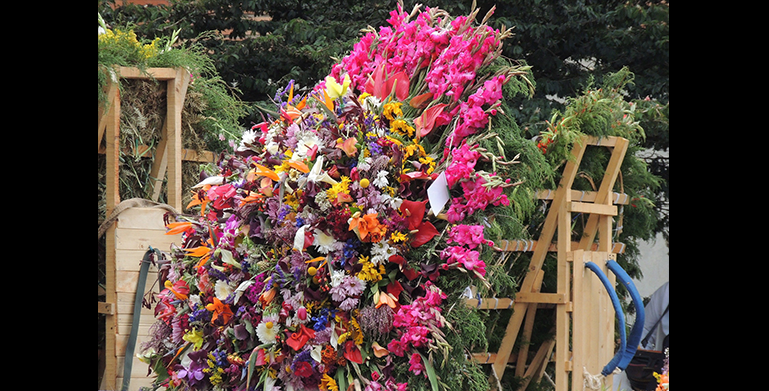According to the International Work Group for Indigenous Affairs, Colombia’s indigenous population stands at around 1.45 million, or about 3.5% of the total population. Approximately one-third of the country’s land is owned by ethnic groups.
While European colonization beginning in the 16th century destroyed a lot of Colombia’s indigenous culture, many groups survived and continue to thrive today. Most existing groups live in the departments of La Guajira, Cauca and Nariño. The Amazon region of Colombia, though sparsely populated, is home to over 70 different indigenous ethnic groups. The National Indigenous Organization of Colombia (Organización Nacional Indígena de Colombia, ONIC) is an organization representing the nation’s ethnic groups, founded in 1982 at the country’s first National Indigenous Congress.
In the Guajira Peninsula in northern Colombia, on the border with Venezuela, are the Wayuu people–the “people of the sun, sand and wind.” The Wayuu speak Wayuunaiki and are among the biggest indigenous groups in Colombia. Because they never encountered Spanish settlers, Wayuu culture remains largely intact. One of the most significant aspects of the Wayuu is the art of weaving colorful Wayuu Mochila bags.
From as far back as the 1st century AD, the Taironas (also spelled Tayronas) group inhabited the lowlands and mountainous region in and around Tayrona National Park, in the Sierra Nevada region of Colombia’s Caribbean coast. They’re known for their masterful gold work and architecture, which brought tourists and other groups to the region. Today, descendent groups of the Taironas include the Arhuaco, Wiwa, Kogi and Kankuamo, numbering some 30,000. On a trip to Ciudad Perdida, the “Lost City,” in the Sierra Nevada, you will see ancient architectural relics of the Taironas’ developed society.
In Colombia’s vast Amazon region, some 55,000 ethnic groups exist on millions of hectares of preserved lands. The region has been inhabited for at least 10,000 years, and local indigenous cultures have developed ways of living in harmony with the rainforest. Isolated, “uncontacted” groups living deep in the Amazon forest, such as the Yuri and Passé, completely resist the ways of the modern world.
Other indigenous groups, such as the Quimbayas, the Muiscas and the Kalima, also known as Caribs, once numbered some 2 million, but have largely disappeared. The Muiscas, who spoke Chibcha, lived mainly in the present departments of Cundinamarca and Boyacá, and were well known for their political organizing. Their society was based on an economy featuring agriculture, crafts and trade.
Relics of Colombia’s rich indigenous groups can be found in the collections of Colombia’s various Gold Museums. The permanent collection of Colombia’s Museo Nacional (National Museum) also houses indigenous artifacts up to the 20th century.
Related articles:
Parque Tayrona, an option for all tastes

